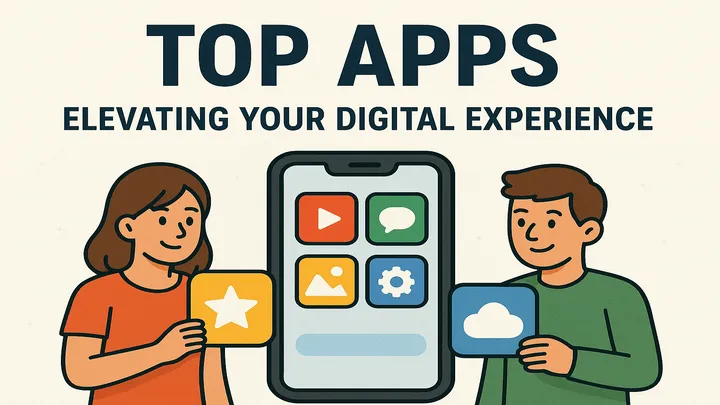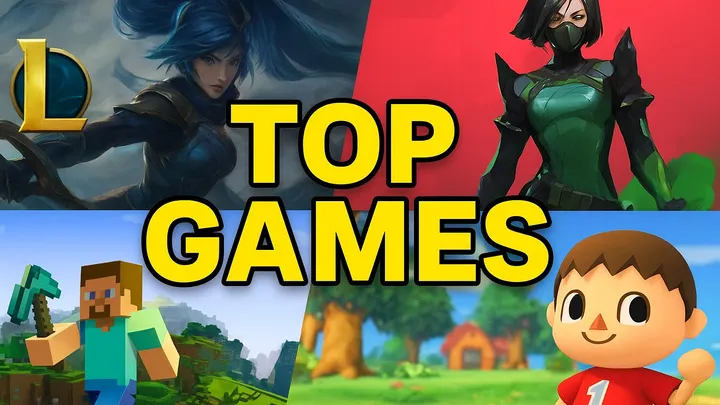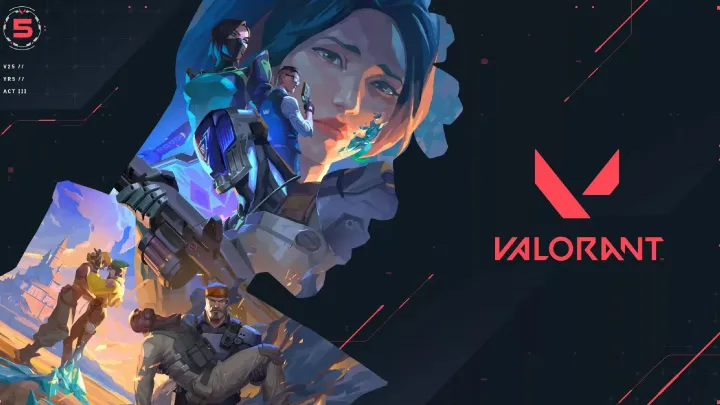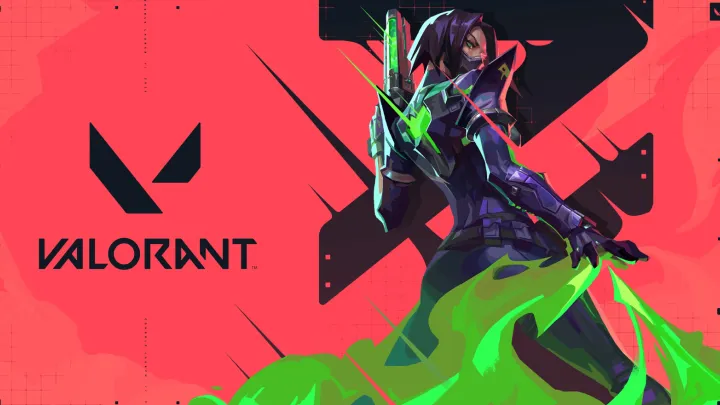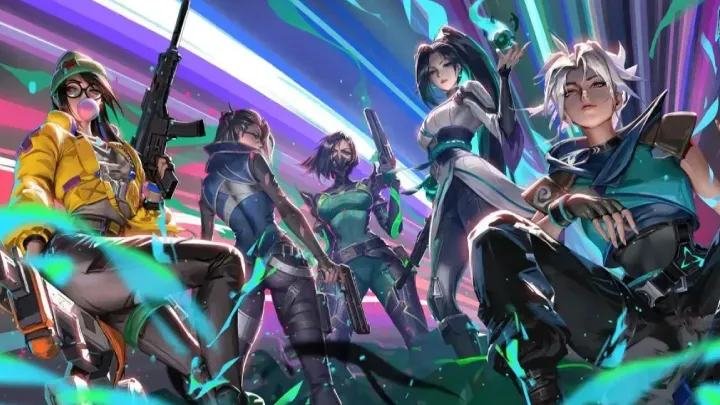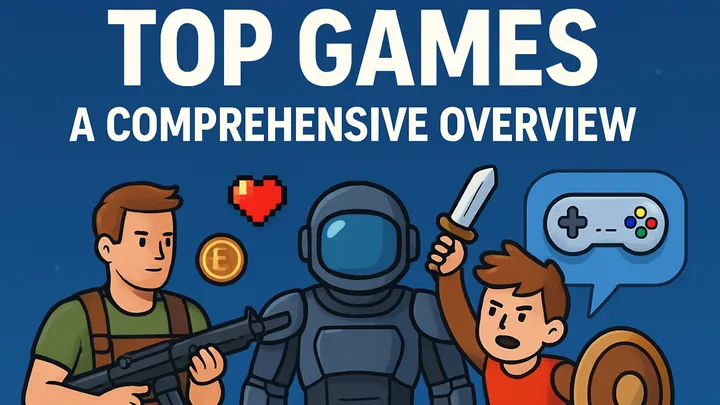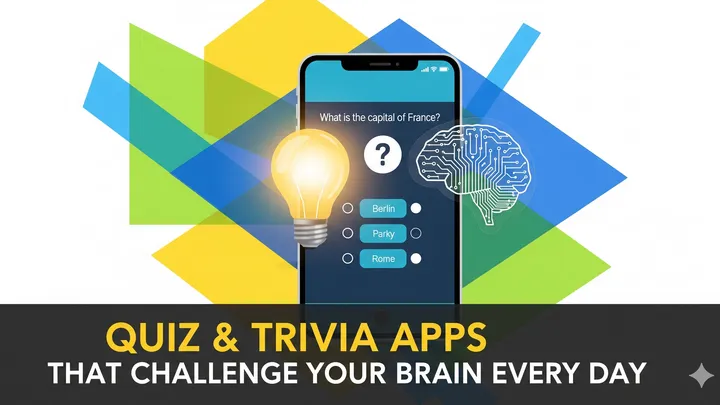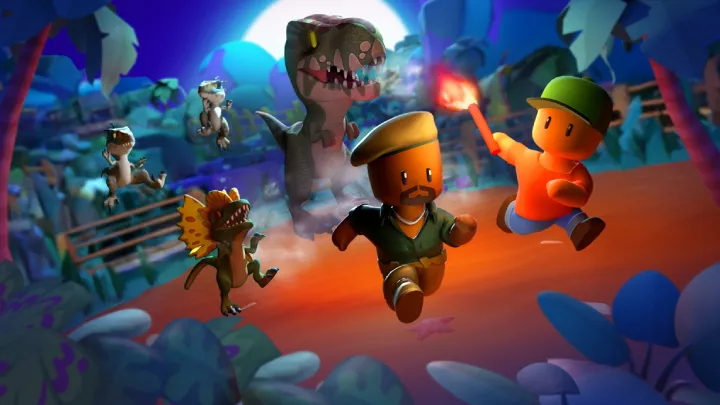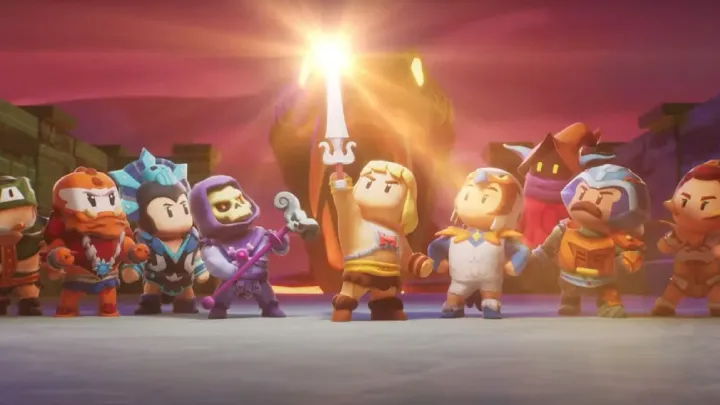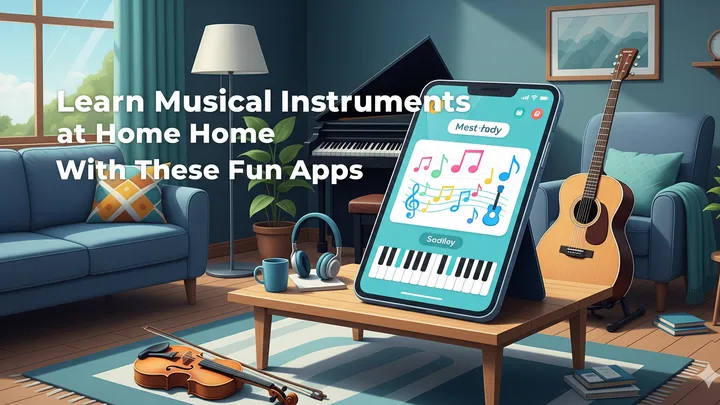Geometry Dash, released in 2013 by developer Robert Topala (known widely as RobTop), started as a deceptively simple rhythm-based platformer. The game’s premise—jumping, flying, and flipping through obstacles in sync with music—seemed straightforward at first. Yet, what has truly sustained Geometry Dash over the years is not just the addictive gameplay but the extraordinary community of players, creators, and fans that has blossomed around it. This article takes a feature-style look at how the Geometry Dash community became one of the most creative and enduring in gaming, how it organizes itself, and why it continues to thrive more than a decade after launch.
1. The Origins of the Geometry Dash Community
When Geometry Dash first hit mobile app stores, no one predicted it would spawn a passionate fanbase lasting for years. Players initially gathered in small forums, YouTube comment sections, and early Discord servers. These spaces quickly transformed into hubs where strategies, level completions, and music syncing tricks were shared.
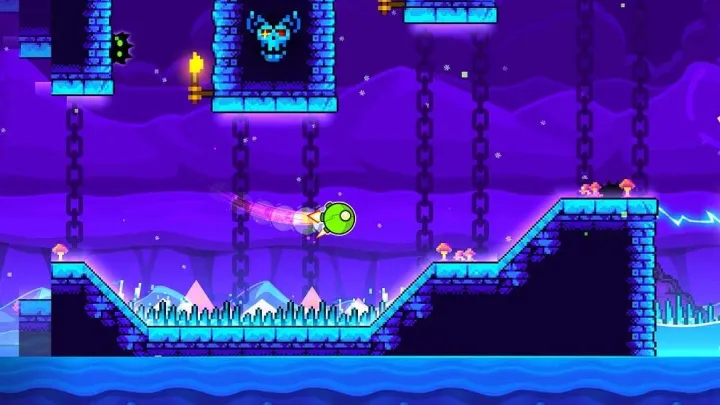
In these early days, players often connected over their shared frustration and joy: frustration at the difficulty spikes of levels like Back on Track or Dry Out, and joy at finally beating a level after hundreds of attempts. This camaraderie laid the groundwork for a community culture built on both competition and encouragement.
As more players discovered the level editor—a tool RobTop included that allowed users to design custom levels—the community began to shift from being only about “beating the game” to actively “building the game.” From that moment on, Geometry Dash was no longer just a rhythm runner; it became a platform for endless creativity.
2. The Role of the Level Editor in Building Community
The introduction of the level editor turned Geometry Dash into something far greater than a static game. Suddenly, players weren’t just consumers of content—they were creators. This shifted the community into high gear.
Players could design levels with unique themes, music choices, and difficulty settings, then share them with the global community. Some creators specialized in crafting beautiful, aesthetically intricate levels, while others focused on devilishly hard “demon levels” that pushed the boundaries of player skill.
This editor essentially gave the community a way to express itself. Over time, it sparked subcultures: groups dedicated to building collaborative levels, contests to see who could design the most innovative mechanics, and leaderboards tracking who could beat the hardest custom challenges. The level editor didn’t just expand gameplay—it expanded identity and belonging within the community.
3. YouTube, Streamers, and the Birth of Influencers
Geometry Dash’s community owes much of its global growth to content creators on platforms like YouTube and Twitch. Players began uploading their runs of official and custom levels, sometimes with commentary, sometimes as raw showcases of skill.
Channels like Riot, Michigun, and later Cyclic became legendary for their gameplay, while others like Viprin rose to prominence for their level creation. These creators weren’t just playing; they were actively shaping the meta of the game, pushing what was possible.
The streaming era amplified this effect. Watching a skilled player attempt a demon level live created a sense of shared tension—viewers could collectively cheer, groan, and celebrate. The Geometry Dash community quickly realized that it wasn’t just about personal achievement; it was about sharing the journey with others.
4. Online Forums and the Power of Discussion
While video platforms showcased the action, forums provided a backbone for discussion and knowledge-sharing. Sites like the Geometry Dash Forum and later Reddit communities became central places for:
- Sharing tips on beating difficult levels
- Announcing new level releases
- Debating game mechanics and upcoming updates
- Posting guides for new creators
This exchange of information solidified the sense of a knowledge-based community. Veteran players mentored newer ones, while creators collaborated on massive multi-person projects. In many ways, these forums acted as the heartbeat of Geometry Dash culture, capturing the pulse of what mattered at any given time.
5. Memes, Humor, and Shared Struggles
Every strong gaming community develops its own humor, and Geometry Dash is no exception. Memes about “dying at 99%,” endless retries, or the brutality of demon levels became shorthand for shared experiences.
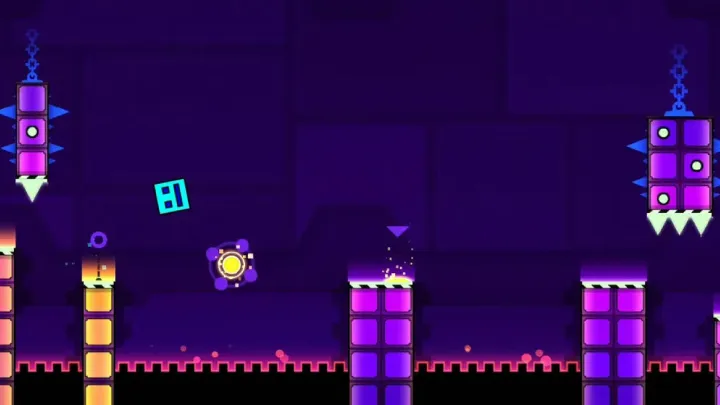
On Discord, Reddit, and YouTube comment sections, jokes bonded players through a collective sense of struggle and triumph. Humor softened the harsh edges of a brutally difficult game, making the grind of retry after retry more bearable.
Memes also became a way to welcome newcomers. Even those who couldn’t beat the hardest levels could still participate in the culture by laughing along. This inclusivity helped the community expand, proving that not every contribution had to be about elite gameplay.
6. Competitions, Challenges, and Community Events
The Geometry Dash community thrives on competition. Unofficial tournaments, speedrunning events, and demon challenges became cornerstones of community activity.
Demon Challenges
These are some of the most iconic competitions, where players attempt to complete levels classified as “demons”—the hardest category of gameplay. Completing these levels earns massive respect within the community, and leaderboards track the most skilled players.
Creator Contests
Level design competitions, often hosted by prominent creators or community groups, spotlight innovation. Winners gain recognition, and standout levels often get featured by RobTop himself, cementing them into the game’s semi-official canon.
Such events add a layer of structure to what could otherwise be a fragmented space. They ensure that the community has regular highlights, moments of collective excitement, and milestones to rally around.
7. Friendships and Collaboration
Beyond gameplay, Geometry Dash has become a platform for forging friendships. Collaborative levels require multiple creators to combine styles and skills, often building strong personal bonds.
Discord servers, often dedicated to creators or fans of certain YouTubers, provide spaces where lasting friendships are formed. Many players attest that the game introduced them to friends they’ve kept for years, sometimes even meeting in real life at gaming conventions.
This sense of collaboration is not limited to building levels—it extends to sharing strategies, troubleshooting technical issues, or simply providing encouragement during long attempts. Geometry Dash’s steep difficulty curve means that moral support can often be as valuable as technical advice.
8. Controversies and Growing Pains
No community is without its struggles, and Geometry Dash has faced its share. Some controversies include accusations of cheating in demon completions, debates over the fairness of level rating systems, and frustrations over long waits for game updates.
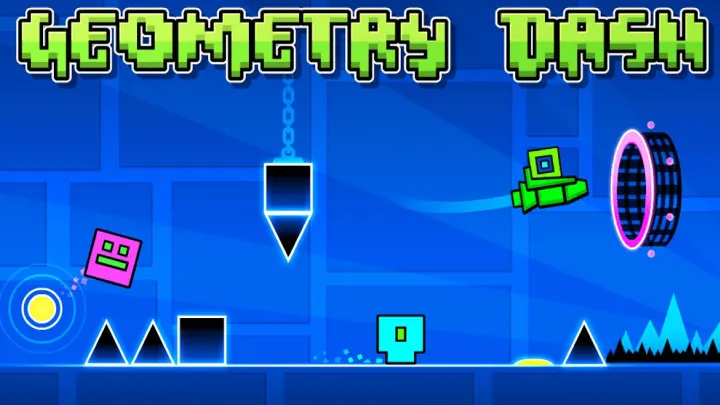
Cheating Allegations
Because high-level gameplay is so demanding, accusations of cheating—whether through hacks or level modifications—often spark heated debates. These controversies sometimes fracture trust within the community.
Update Delays
The famously long wait for Geometry Dash 2.2 became a running joke and source of frustration, testing the community’s patience. Yet, even in these moments, the community found ways to sustain itself through custom content.
Despite these challenges, the community has proven resilient. Rather than dissolving under pressure, it often adapts, creating humor and solidarity even out of its frustrations.
9. Longevity and Why the Community Still Thrives
It is remarkable that, more than a decade after launch, Geometry Dash still boasts a vibrant, growing community. This longevity is largely thanks to the endless creativity allowed by the level editor, the persistence of content creators, and the passion of fans.
Unlike games that fade after completing their campaigns, Geometry Dash effectively has no end. New levels, challenges, and memes constantly refresh the experience. This ever-changing ecosystem keeps players returning, ensuring the community doesn’t stagnate.
Another key factor is accessibility: Geometry Dash is inexpensive and available across platforms, making it easy for new players to join and integrate into the community.
10. Looking Ahead: The Future of the Geometry Dash Community
With the long-anticipated release of version 2.2, the community looks forward to a surge of creativity and renewed excitement. New mechanics, expanded tools, and possible official recognition of community achievements promise to usher in a new golden age.
Yet, the true strength of Geometry Dash lies not in its updates but in its people. The creators, players, streamers, and fans who continuously innovate and connect ensure that the game remains culturally relevant. Whether through demon challenges, meme-sharing, or collaborative projects, the Geometry Dash community has proven it can endure and thrive—no matter what comes next.
Conclusion
Geometry Dash is more than just a rhythm-based game; it is a cultural phenomenon fueled by one of the most resilient and creative communities in gaming. From the first frustrating jumps to the glory of completing demon levels, from sharing memes to forging lifelong friendships, the Geometry Dash community embodies what it means to transform a game into a living ecosystem. Its story is one of passion, persistence, and above all, people.








